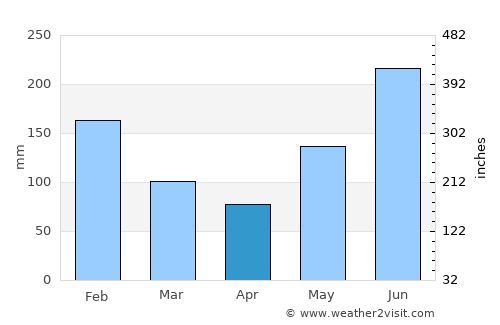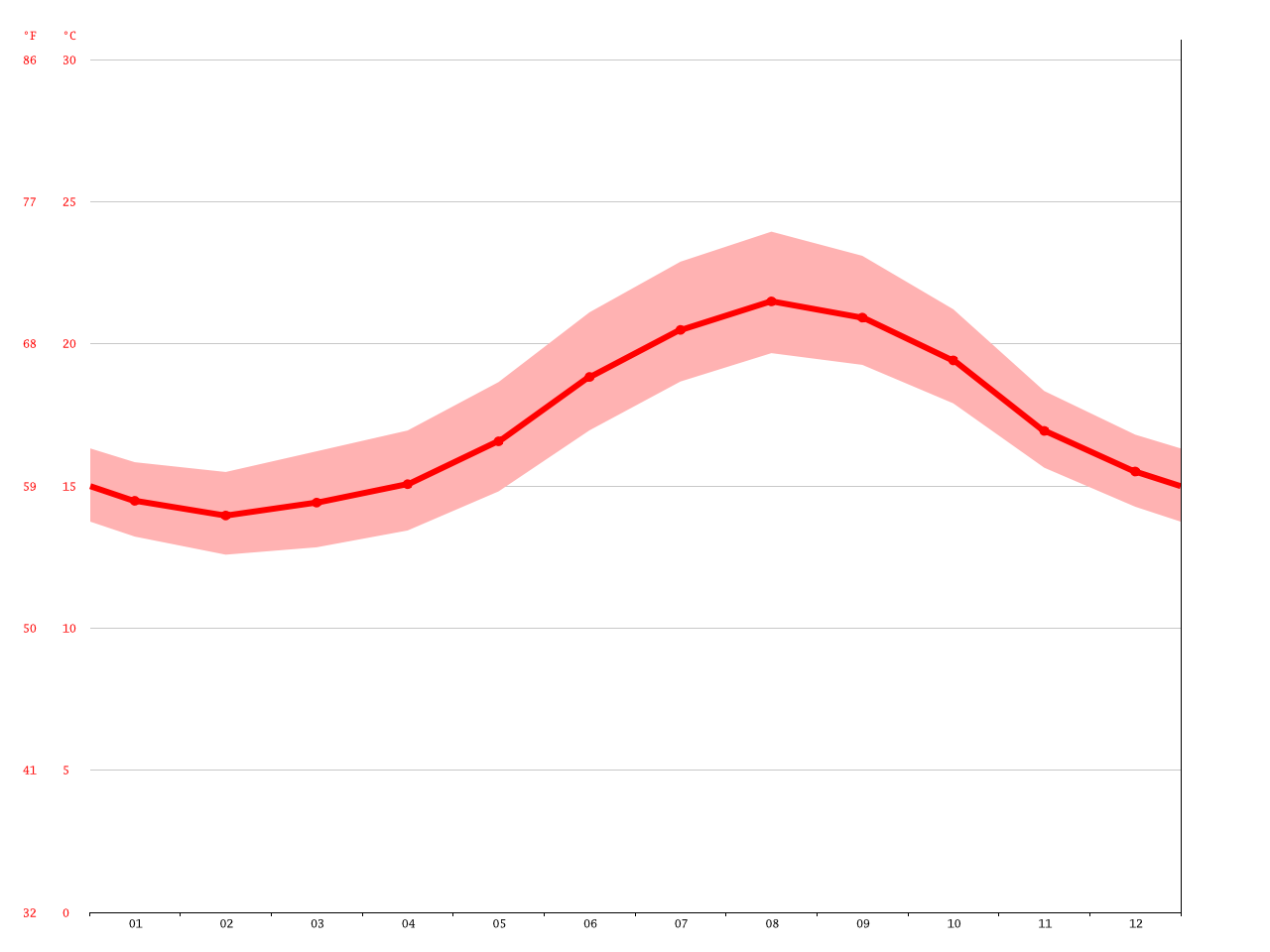

“If we don’t get in a ‘Miracle March,’ fuels are going to be very very dry this summer,” Clements said. Scientists have documented rising temperatures and more frequent drought conditions - triggered by climate change - increase wildfire risk, frequency and acreage burned. I’m pretty concerned, personally,” Clements said. “Everybody is kind of freaking out because it’s looking so bad in terms of the drought.

Department of Agriculture and the University of Nebraska. Drought Monitor, a weekly report issued by the National Oceanic and Atmospheric Administration, the U.S. Santa Cruz County is experiencing severe drought, according to the U.S. With vegetation not yet at critically dry levels, Mehle said it was unlikely a red flag warning would be implemented this week, though temperature and wind levels could reach such risk thresholds.Ĭraig Clements, professor of meteorology at San Jose State University and Director of the Wildfire Interdisciplinary Research Center, cautioned that impacts of the drying trend may not have hit dormant plants just yet.

“There’s a chance for fire starts with the current set up – hot dry and continued offshore flow,” Mehle said. But the continuation of such a dry pattern, without relief on the horizon, means fire is a continuing concern, said Mehle. Streaks of sunny days can also be routine in February. Those moisture levels are healthy, at least for now, due to record-breaking rains that came at the beginning of the wet season in 2021, said Mehle. Still, the amount of water in Santa Cruz County vegetation remains generally above-average: an important criteria for wildfire risk. The last meaningful rain event in the Santa Cruz region was more than a month ago.


 0 kommentar(er)
0 kommentar(er)
